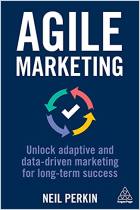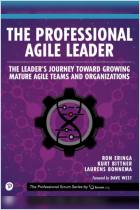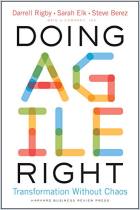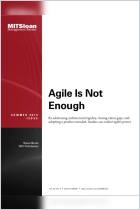Despite agile pods helping marketing teams deliver better outcomes, many organizations are struggling to make the switch to agile. Agile pods can help you boost collaboration, efficiency and your ROI, but it’s easy to lose momentum if you don’t manage the transition properly. Gain insights from Boston Consulting Group research into how to respectfully integrate the efforts of agile and non-agile teams, without overloading workers with unnecessary processes. Discover how to manage the increased pace of agile, while preventing burnout and inspiring workers to take ownership of their new roles.
Make agile processes work for you – don’t obsess over doing everything by the book.
While agile marketing pods can help companies boost efficiency and collaborative decision-making, organizations often struggle to implement agile solutions, due to cumbersome, hierarchical marketing structures. To make the switch to agile pods more seamless at your organization, it’s better to adopt streamlined agile-inspired solutions that work for you than stick too rigorously to specific agile processes and ceremonies that will likely overwhelm people. It’s OK, for example, to allocate three weeks for a sprint, allowing team members to manage progress at their own pace, creating time frames that slightly differ from official agile ones. Likewise, there’s no need to overschedule meetings simply because you’re trying to mirror agile processes. Consider consolidating agile pods with similar themes to reduce the number of meetings, switching meeting discussions to platforms such as Teams and Slack when possible. When you do set meetings, set your desired outcome beforehand, ensuring all team...
Shelby Senzer, Raakhi Agrawal, Mitch Colgan and Siwei He are professionals with Boston Consulting Group.




















Comment on this summary